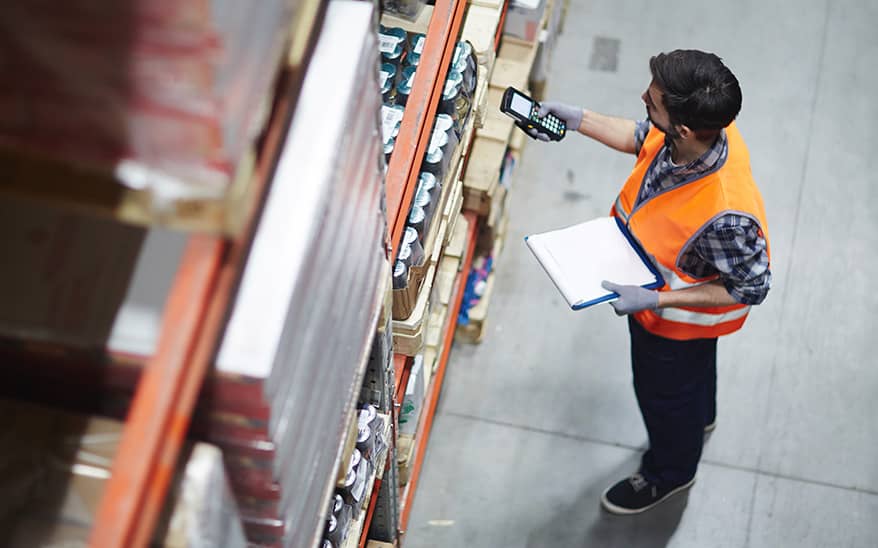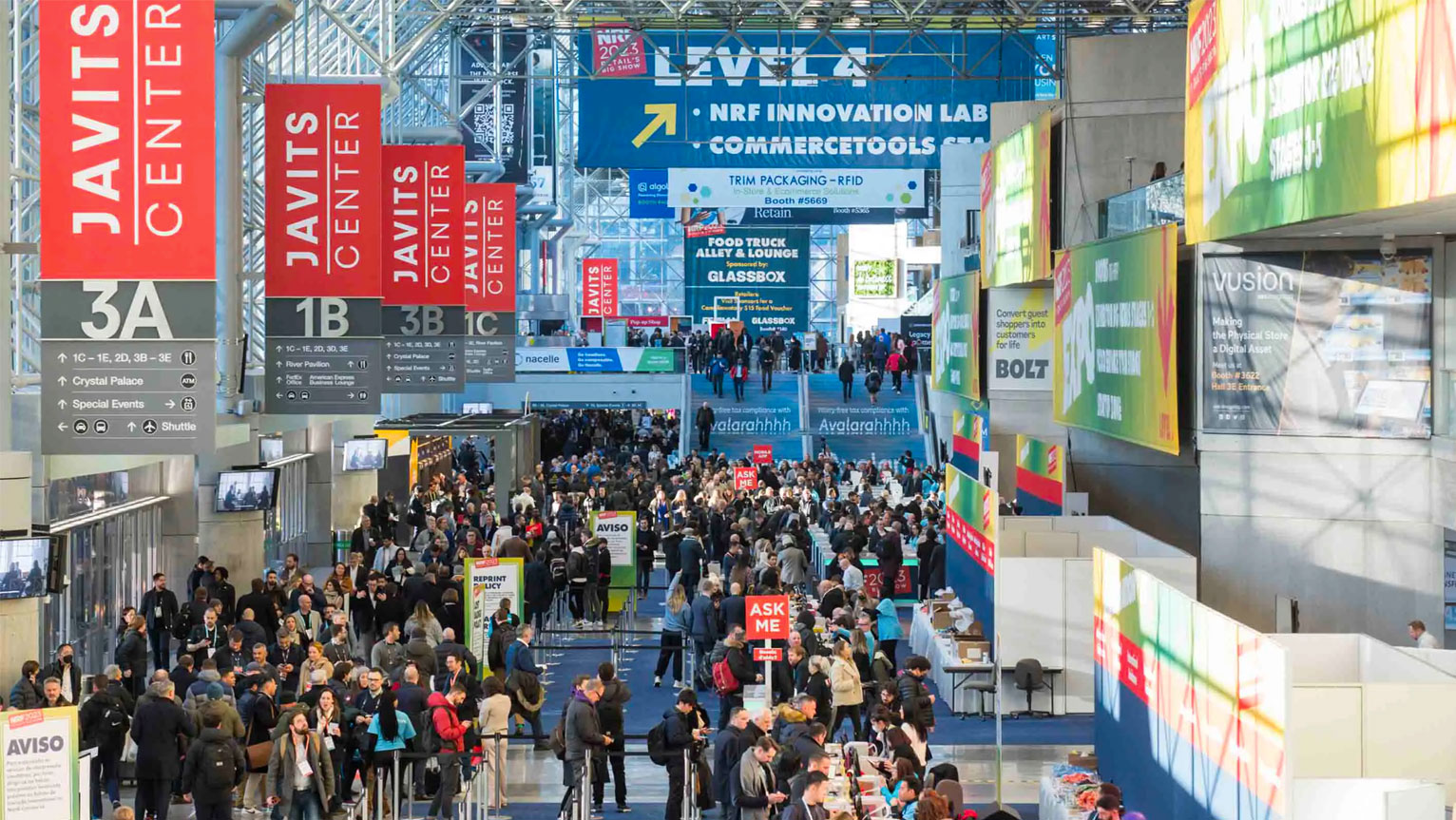3 Reasons Cloud Native Approaches are so Hot in Supply Chain Right Now
- 1 February 2021
- By Manhattan Staff

Over the last two decades the term ‘cloud computing’ has become a well-known (and used) part of everyday vocabularies, however, over the last five years the term has evolved – Alex MacPherson, Director of Solution Consultancy and Account Management explains how today, the hype and buzz is all around ‘cloud native’ computing.
Unlike many other technologies the definition of cloud native computing has both technical and cultural dimensions too.
From a technology perspective, it’s about building applications around cloud-specific principles. Whereas culturally, it’s all about a mindset shift based on the assumption that better technology is available in the cloud; in the process making it more about business enablement than simply infrastructure or IT improvements.
The key principle that elevates cloud native above the traditional cloud solutions is that instead of being vertically integrated, these applications are built using loosely coupled components that allow each element to choose the right technology stack and infrastructure to solve its particular task. Furthermore, they can be built, tested and released independently, reducing hard-coded dependencies, (crucially) making modification easier and deployment faster.
As more and more organisations and business units look towards flexible, agile IT solutions to insulate themselves against the effects of the pandemic and to future-proof against shifting business landscapes, cloud native solutions should be a top priority for company boards, CIOs, and increasingly, supply chain directors too.
While the pandemic has undoubtedly been a catalyst for renewed cloud adoption[1], it has also highlighted the importance of flexible, agile and robust global supply chain networks too – after all, never before have the networks that feed, clothe and provide billions with medicine been more relevant than they are right now.
If we have learned anything from the daily briefings from around the world over the last six months, it is that predictions are impossible to make with any degree of certainty. However, here are three reasons I believe every supply chain director should be considering cloud native solutions as part of a post-pandemic future.
If your current IT solutions are forcing you to commit too much of your attention to legacy computer and data-storage issues, then you aren't going to be able to concentrate on long-term business goals, fulfilling the brand promise to your customers or investing in the innovation that you’ll need to succeed in the future.
The primary benefit of cloud native solutions is to reduce the time between forming a business idea and delivering it into production and cloud native architecture works best when workloads are highly unpredictable or temporary.
This makes cloud native apps ideal for adapting to the huge shifts in consumer behaviour and habits witnessed over the least six months: from ecommerce booms[2] to the increasing popularity of ‘new’ purchasing options like buy online, pickup in-store and curbside pickup[3].
Being cloud native affords an organisation the flexibility to pick and choose which parts of the application to abstract, meaning these apps are better designed to handle higher frequencies of changes (including scaling and failures) and better able to handle business challenges that benefit from modularity of applications.
This level of flexibility enables companies to foster a culture that’s more conducive to implementing new, innovative ideas not just within IT, but throughout the entire organization. Nowhere have we seen the importance of this flexible, agile approach more in the last six months, than in a retail/supply chain context.
At a time where customer behaviour and consumer trends are shifting at such a rapid pace (in often unforeseen directions) ensuring that your entire supply chain network has the flexibility and agility to adapt and pivot to meet the shifting expectations of end-customer is a must for all brands moving forward, regardless of pandemics or not.
The Global Warehouse Robotics Market[4] was valued at USD 6.12 billion in 2019 and is expected to reach USD 25.8 billion by 2025, at a CAGR of 27% over the forecast period 2020-2025.
While the use of robotics and automation technology in warehouses and DCs certainly isn’t new, over the last decade retailers across the globe have been perfecting the balance of man (and woman) and machine for some time to increase efficiencies, reduce errors and make this particular part of the supply chain seamless.
Today, a wide range of factories, laboratories, warehouses, energy plants, hospitals and other industries are increasingly reliant on robotics and automation, and the pandemic has accelerated questions around the use of robotics and automation, shining a spotlight on some of the deficiencies in existing businesses and retail models.
As brands begin to introduce further automation and robotics into their supply chains, the only practical way to ensure the continuity and security of these ‘cobot’ networks is through an effective cloud native approach to the software and platforms that allow automation and for robots to integrate with their environments and co-workers seamlessly.
The IoT: connected living means a connected supply chain
The number of devices connected to the Internet, including the machines, sensors, and cameras that make up the Internet of Things (IoT), continues to grow at a steady pace. The latest forecast from IDC estimates[5] that there will be 41.6 billion connected devices generating as much as 79.4 zettabytes[6] of data by 2025.
This technology has clear benefits to supply chains. Whether it’s censors in warehouses or retail stores, through to streamlined delivery networks or even individual products, the IoT has the potential to make every element of the supply chain smarter, more efficient, profitable and ultimately, more sustainable too.
However, the sheer size of the data that it creates; the distributed edge networks in which this data is created; the platforms required to manage the devices, and the continual cycles of DevOps style software upgrades required (to ensure the data integrity and safety of the network) mean that without an effective cloud native approach to the whole IoT technical environment, the benefits of the IoT cannot truly be embraced.
[1] gartner.com/en/newsroom/press-releases/2019-11-13-gartner-forecasts-worldwide-public-cloud-revenue-to-grow-17-percent-in-2020
[2] forbes.com/sites/johnkoetsier/2020/06/12/covid-19-accelerated-e-commerce-growth-4-to-6-years/
[3] glossy.co/fashion/fashion-brands-are-shifting-fulfillment-to-stores
[4] businesswire.com/news/home/20200326005527/en/Warehouse-Robotics-Market-Trends-Report-2020-2025--
[5] iotbusinessnews.com/2020/08/10/08984-connected-devices-will-generate-79-zettabytes-of-data-by-2025/
[6] wikipedia.org/wiki/Zettabyte





